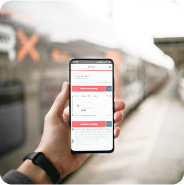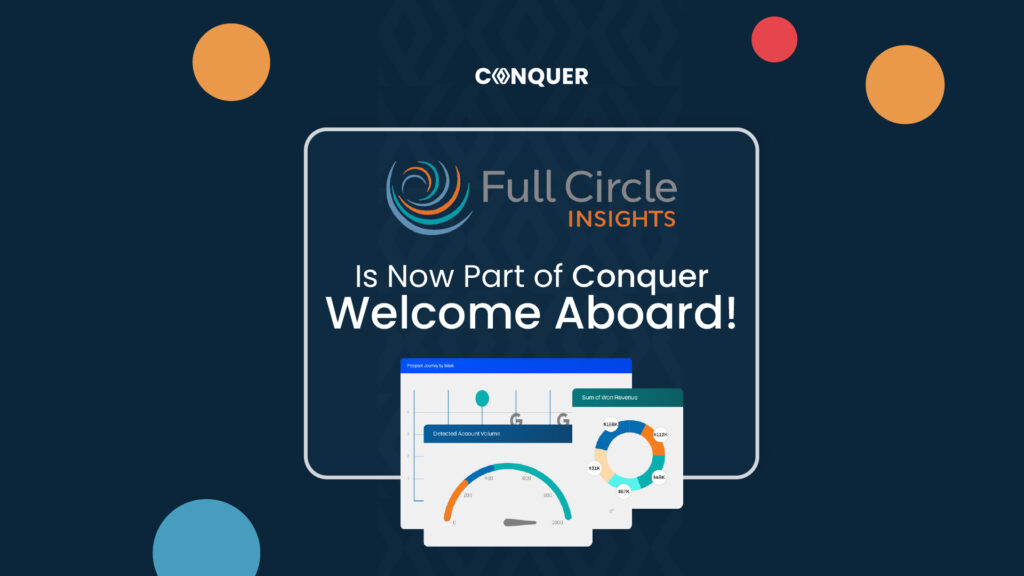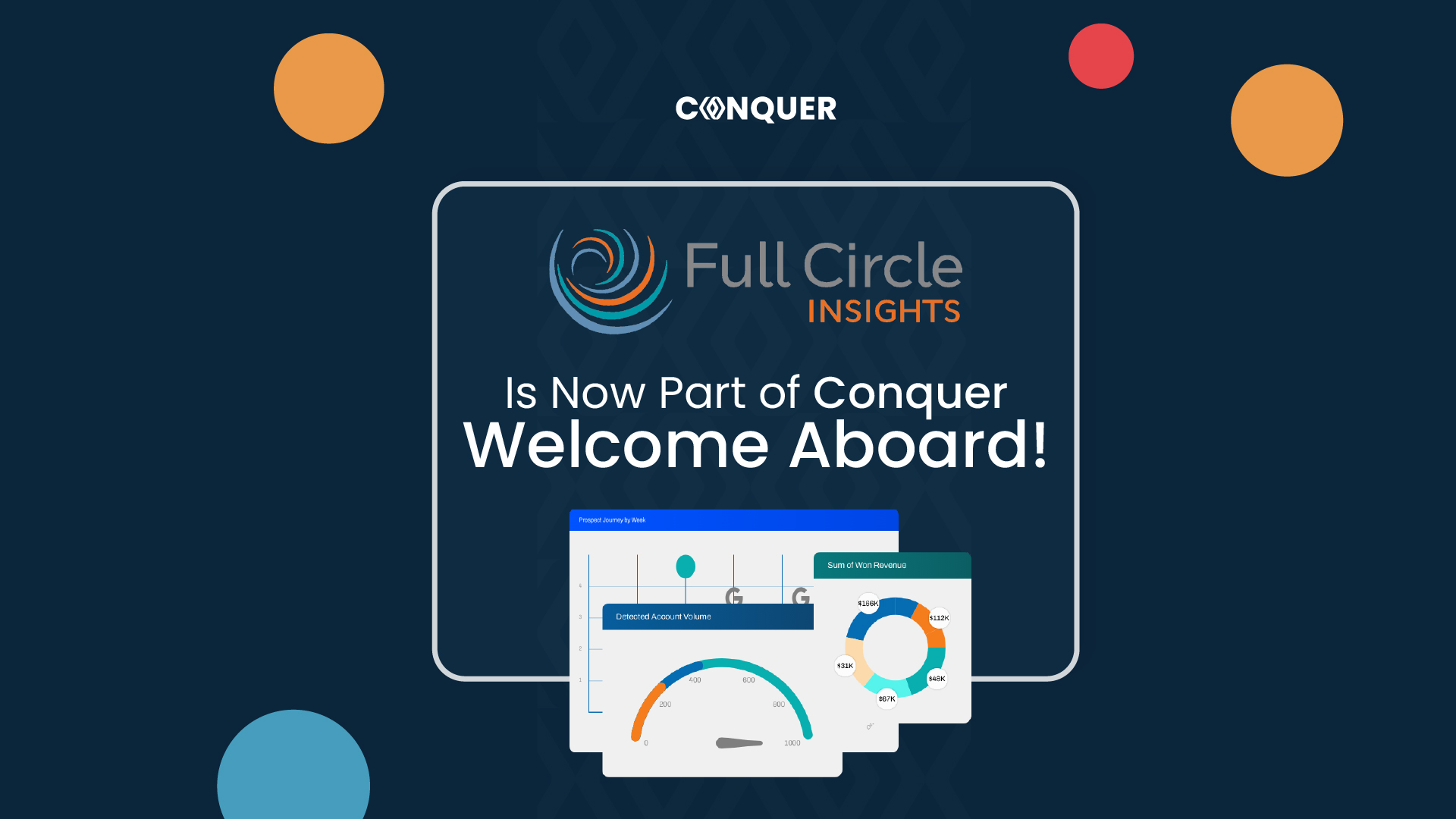Sales training automation is the revolution that has taken place in how enterprises train, support, and empower their sales teams. In today’s competitive terrain, equipping sales reps with the right tools and knowledge is essential to maintaining efficiency and driving revenue.
This guide will go over some of the most critical elements of effective sales training automation and provide actionable steps to implement it within your organization.
Should you really focus on automation?
Automating sales training makes the learning process more efficient, consistent, and personalized for reps— all with less manual effort. Among the key benefits are:
- Consistency: High-quality, consistent training is provided to all teams.
- Efficiency: Onboarding time and administrative tasks are reduced.
- Scalability: Large teams can be trained without hassle, no matter the location.
- Personalization: Training can be tailored to individual skill levels and gaps.
- Real-time feedback: Actionable insights into performance metrics.
That’s why sales leaders should definitely focus on automation. Manual training processes are not only time-consuming but also prone to inconsistencies. Automation ensures that training content is delivered in a structured and repeatable manner, aligning with the needs of both the business and the individual rep.
Moreover, it allows leaders to shift their focus from micromanaging training logistics to driving strategic initiatives. By automating routine tasks, teams can dedicate more time to what truly matters—building meaningful customer relationships and closing deals.
Automation isn’t just a convenience; it’s an essential step for organizations striving to stay competitive and agile.

What does good sales training automation look like?
Effective sales training automation systems are built on several foundational pillars. These elements ensure that training is engaging, actionable, and aligned with organizational goals. Here is how each element contributes to a robust automation strategy:
1. Interactive content modules
Training content should be engaging for learners and encourage active participation. Interactive modules, including simulations, scenario-based exercises, and quizzes, are ways to let reps practice their skills in a realistic yet controlled environment.
These tools not only improve information retention but also help reps build confidence in handling complex sales scenarios. In a practical sense, these can be in the form of simulations that can model real-world objections or closing scenarios. Quizzes also help reinforce knowledge at the end of each module to ensure comprehension.
Conquer’s own interactive tools tailor scenarios to industry challenges, ensuring sales reps are prepared for real-life customer interactions. Progress tracking also allows managers to pinpoint improvement areas and customize follow-ups, providing an all-around solution to better sales engagement.
2. Integration with CRM platforms
Training should not be done in a vacuum, because it risks disconnecting the learning process from the day-to-day tasks and challenges that sales reps face. Smooth integrations to CRM systems ensure learning is closely coupled with selling activities on the ground; therefore, setting up the training modules to be contextual to their real-world tasks related to pipelines.
To fix this disconnect, roll out event-based triggers in CRM with corresponding training sessions. For example, if a deal stalls, the CRM can automatically assign a focused module on negotiation to the rep managing that pipeline. This approach makes training proactive rather than reactive, amplifying the success rate of that specific sale.
Conquer takes this one step further by synchronizing training battle cards with CRM activity in real time. Reps get targeted training exactly when they need it, and managers gain a unified view of performance. Since the platform is native to Salesforce, this makes it easier to spot patterns, track progress, and drive strategic decision-making.
3. AI-driven insights
AI transforms static training into an immersive experience by analyzing the performance data to identify gaps in skills. It ensures that training is no longer generic but highly personalized, guiding reps to focus on areas that have the greatest impact on their success.
AI can proactively identify high-risk areas, such as deals likely to stall and recommend targeted training to address those challenges. For instance, if a rep frequently struggles with objections during calls, the system can assign battle cards on objection handling, enabling them to improve performance where it matters most.
Conquer’s AI-driven analytics do this by uncovering patterns in reps’ behavior and customer interactions. These insights enable managers to create tailored coaching plans and provide proactive skill development. This way, reps are always ahead of the curve and prepared to close deals more effectively.
4. Mobile accessibility
From face-to-face meetings with clients to out-in-the-field sales, today’s sales teams sell everywhere. With mobile-friendly training platforms, reps can learn anywhere and on the go, ensuring development doesn’t halt productivity.
In this case, sales leaders can provide offline access to training modules and downloadable resources so reps can keep learning even when traveling or in areas with limited connectivity. For instance, a rep on a flight or in a remote location can still review key materials or complete modules without missing a beat.
Conquer’s mobile-optimized interface ensures seamless access across devices, enabling reps to train anytime, anywhere. Whether they’re switching from a laptop to a smartphone or working offline, Conquer’s platform adapts to their dynamic schedules.

5. Advanced reporting
Leaders in sales enablement and operations rely on data to make informed decisions. A robust training automation platform should offer advanced analytics and reporting features to measure training effectiveness, track individual and team progress, and tie learning outcomes to sales performance metrics.
To put this in practice, look for platforms that offer dashboards that display sales KPIs such as time spent on modules, improvement in skill-based assessments, and performance impact. This could include reduced deal cycle times or increased close rates. Together, these insights allow managers to identify training ROI and adjust strategies accordingly.
The good news is that Conquer’s analytics go beyond surface-level reporting, providing actionable insights that link training completion rates and skill acquisition directly to pipeline velocity and deal progression. This way, sales leaders can always stay ahead.
6. Gamification
Keeping sales reps motivated to complete training can be tricky, but gamification makes it easier—and fun! Think of it as turning training into a game, complete with leaderboards, achievement badges, and rewards.
To set up gamification within your organization, start by setting specific goals, like finishing a training module or scoring high on a quiz. Then, reward top performers every month with prizes like gift cards, team shout-outs, or extra time off. You can also create a points system or scorecards that let reps track their progress in real time.
Gamification doesn’t just boost individual motivation—it also builds team camaraderie. When reps compete in a friendly way, they’re more likely to share tips and strategies to help everyone improve. And when your team is energized and learning in a fun way, they’ll be more prepared to crush their sales goals.
7. Compliance training integration
Compliance-heavy industries, such as financial services or health services, require ongoing training to meet legal and regulatory requirements. Integrating compliance modules into the training automation system ensures reps are up to date while minimizing disruptions to their workflow.
If you decide to go ahead with this approach, make sure you automate periodic compliance training with reminders and assessments. These “alerts” will track completion to ensure adherence so you never have to worry about it later on. For example, you can set mandatory modules on GDPR or KYC policies with built-in reminders for updates or recertifications.
Conquer’s edge in this regard is that it integrates compliance training seamlessly into broader sales enablement initiatives, so reps stay compliant while continuing to focus on revenue-driving activities.
8. Content customization
A one-size-fits-all approach rarely works for industries with unique challenges, such as SaaS’s long buying cycles or financial services’ focus on high-value accounts. That’s why training should address specific industry pain points and individual role needs.
If you’re not using a platform that already does this for you, make sure you provide customizable templates for training modules. For SaaS teams, include content on managing stakeholder complexity, while for financial services, focus on account-based selling and compliance-heavy interactions.
This is where a good CMS integration is needed, as it automatically allows managers to customize content based on industry and team requirements. This directly lowers the anxiety levels of each rep, helping them be more productive and even perform better.
9. Coaching integration
While automated training is powerful, combining it with live coaching adds an invaluable human touch. Sales managers and enablement leaders can use training data to identify where coaching can have the biggest impact.
Build a workflow where reps who consistently struggle with specific training modules or performance metrics are flagged for 1:1 coaching sessions. For example, a rep flagged for low negotiation success can be paired with a senior manager to practice through role-play.
Conquer does this by training insights with live coaching opportunities, providing reps with contextual guidance without interrupting their workflow. This ensures they’re equipped with the insights needed to navigate challenging sales scenarios on their own.
10. Knowledge retention
Training is only effective if reps retain and apply what they learn. Regular reinforcement ensures skills and knowledge don’t fade over time.
To ensure retention, use spaced repetition techniques, where key lessons are revisited periodically through short, interactive quizzes or micro-learning sessions. For instance, after completing a negotiation module, follow up two weeks later with a quick refresher to test retention.
This approach not only helps reps stay sharp but also bridges the gap between learning and application. By reinforcing knowledge at regular intervals, reps are more likely to internalize key concepts and confidently use them in real-world scenarios.

Bonus tips on nailing sales training automation
Here are a few extra tips to ensure your sales training automation strategy hits the mark:
- Start small and scale up: Don’t roll out a massive program all at once. Test with a pilot group, gather some feedback and refine the process before implementing it fully.
- Use multimedia content: Mix videos, infographics, and interactive guides to keep training fresh and engaging for all types of learners.
- Use peer learning: Encourage reps to share their best practices and insights through recorded videos or team sessions integrated into the training platform.
- Update content regularly: Ensure your training materials stay relevant by refreshing them as market conditions and customer expectations evolve.
- Celebrate progress: Don’t wait until the end of a program to recognize achievements—use small milestones to motivate reps throughout the journey.
By putting all these elements together, organizations can create a sales training automation strategy that empowers reps, streamlines learning and drives measurable results.
Wrapping up
Sales training automation isn’t just a tool; it’s a transformative approach to building smarter, more effective teams. By combining interactive content, CRM integration, AI-driven insights, and personalized learning, you can ensure your reps are always ready to perform at their best. If you want to learn more about automation, check out our ‘Future of Selling’ eBook.
And if you want a platform that lets you scale training seamlessly, drive results, and maintain a competitive edge—schedule a demo with Conquer today!








